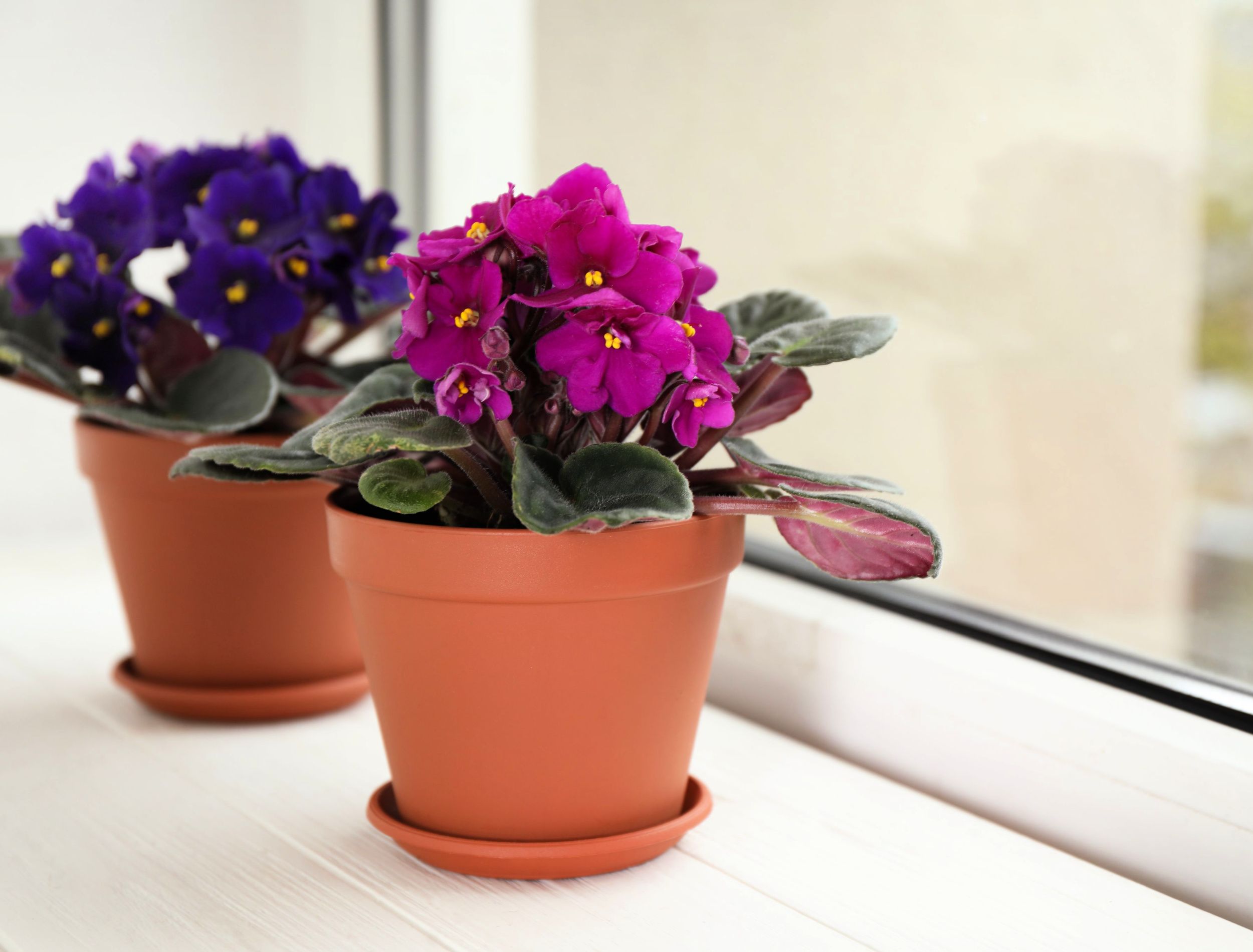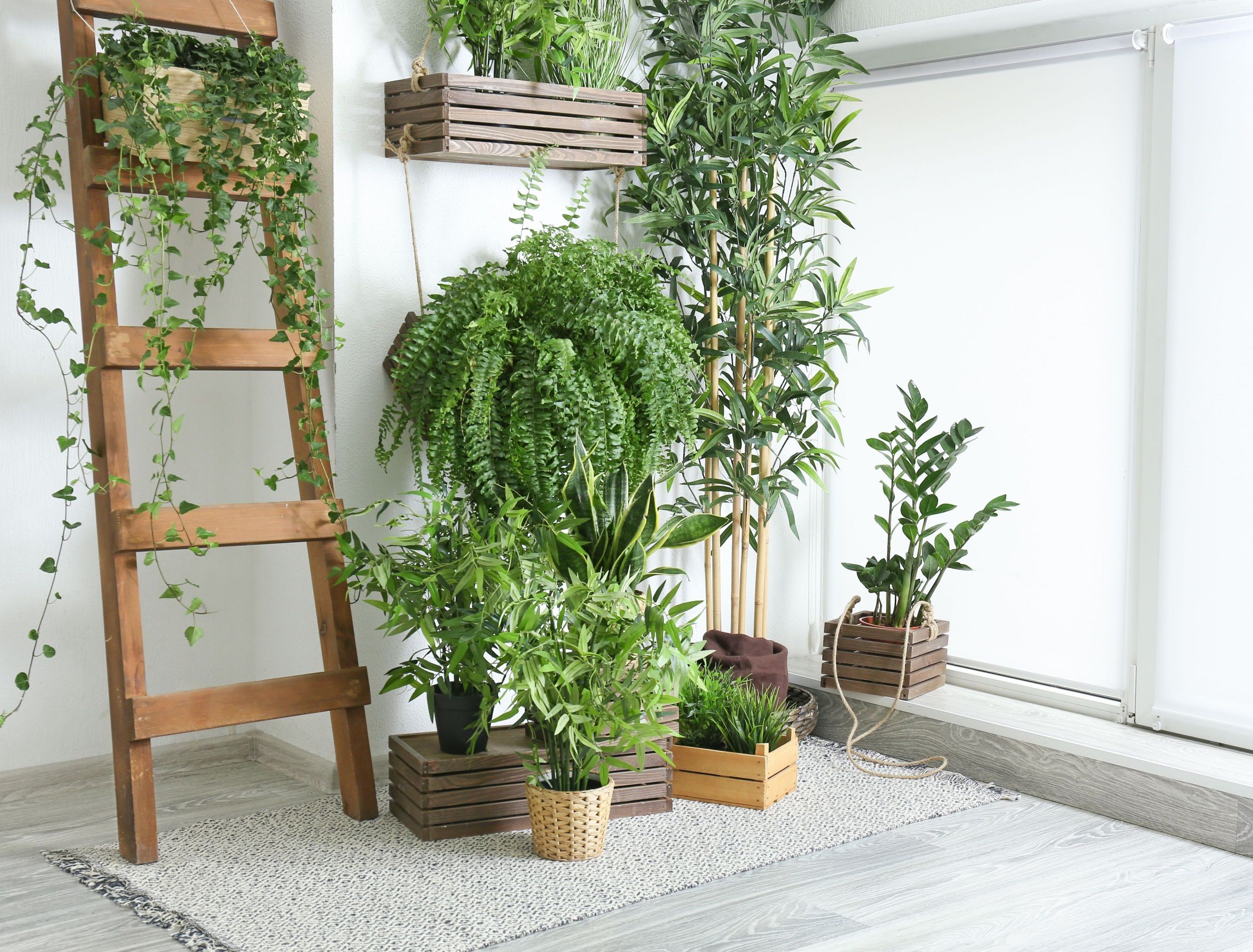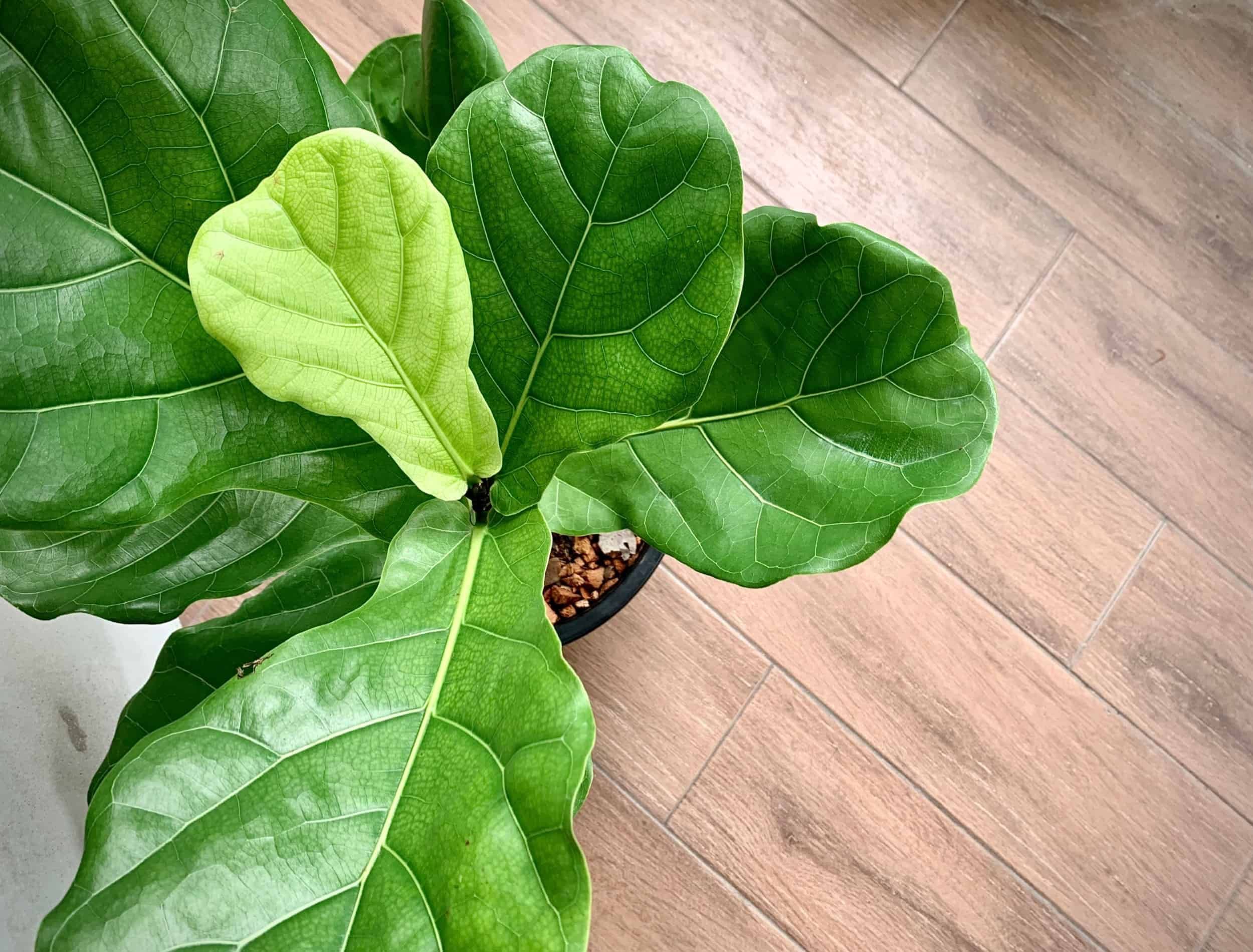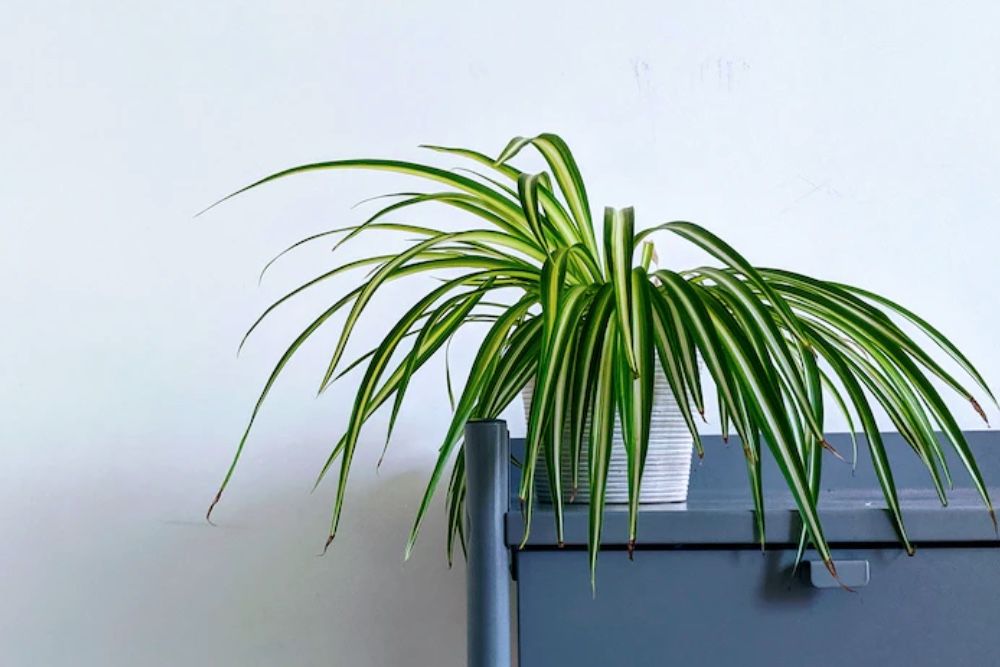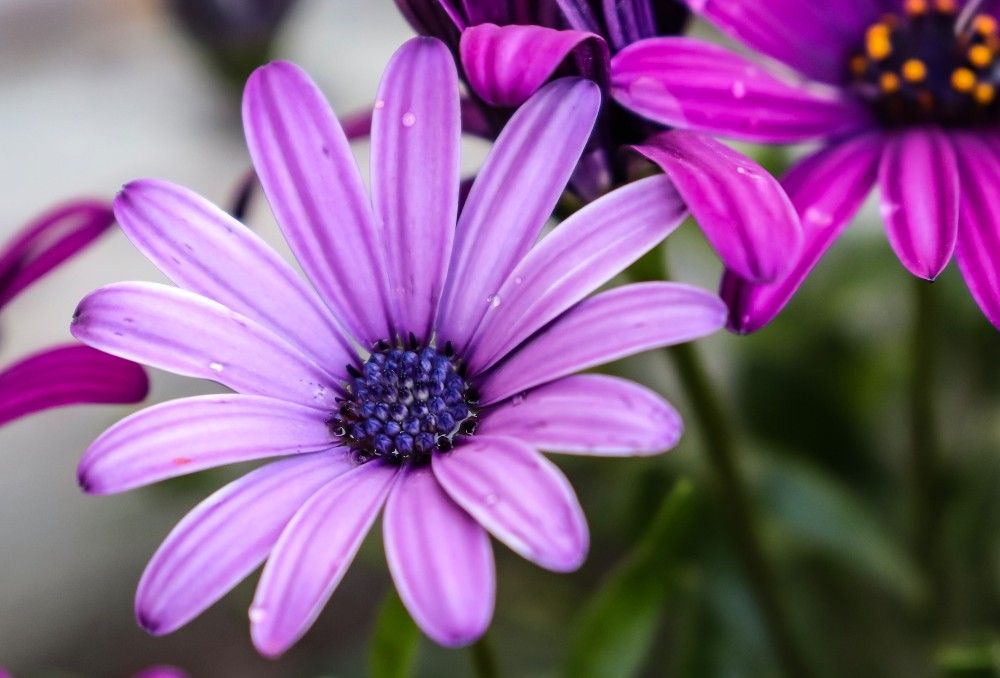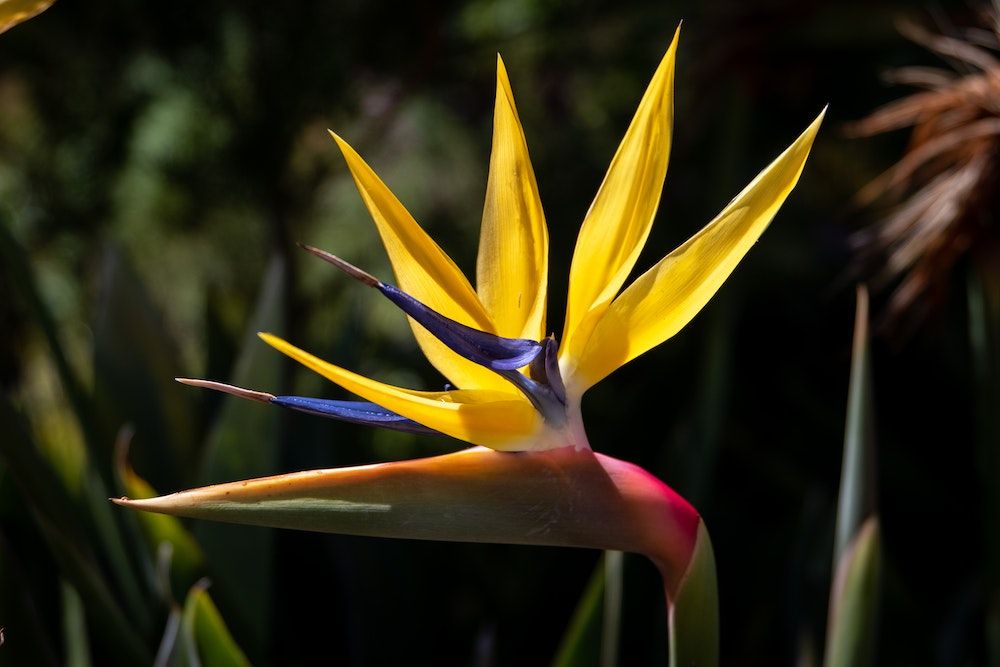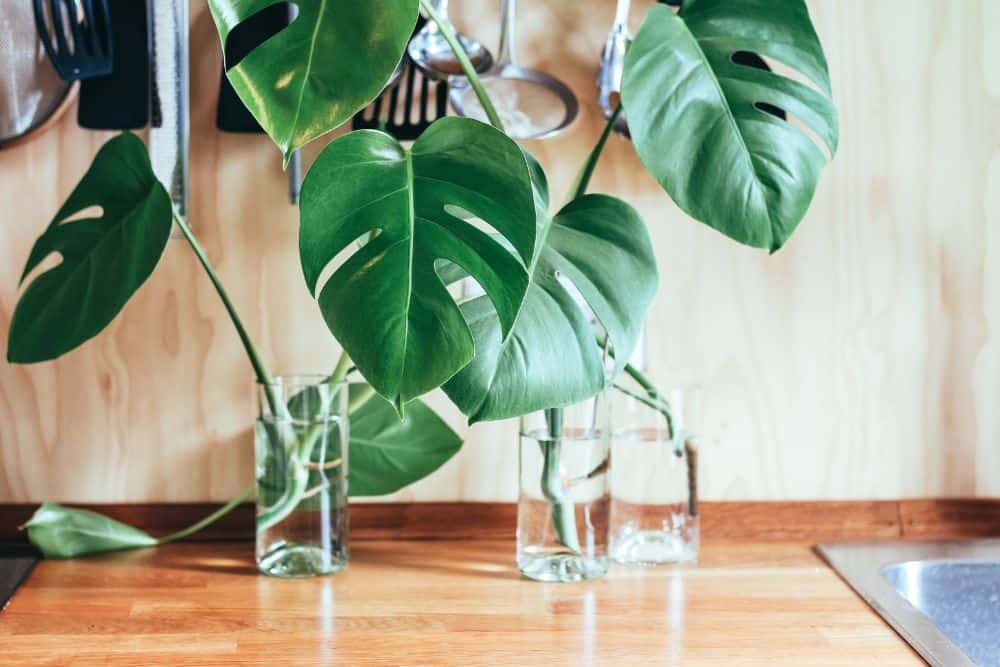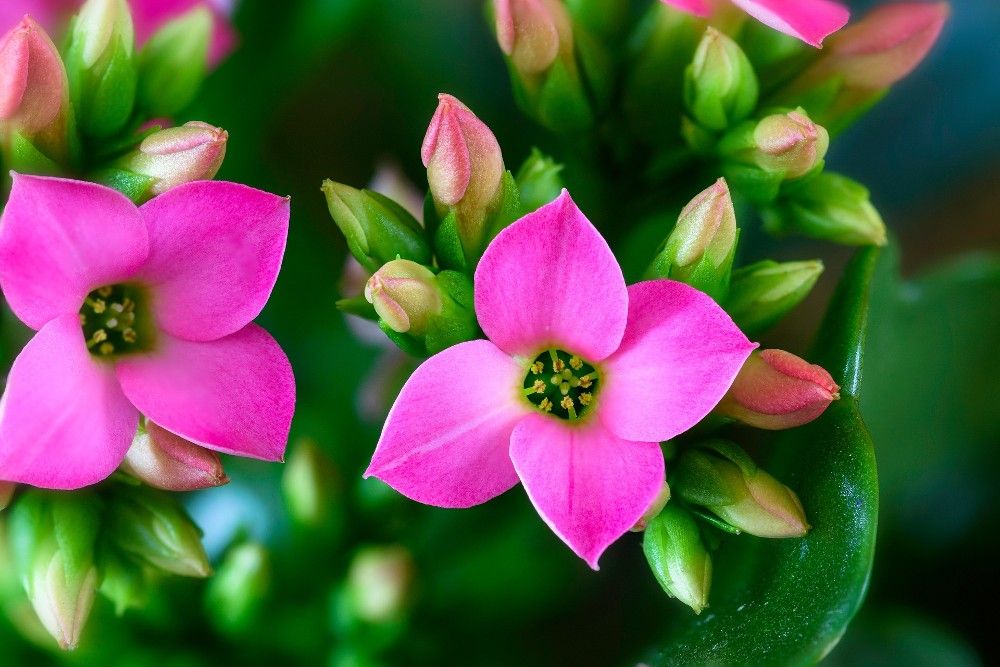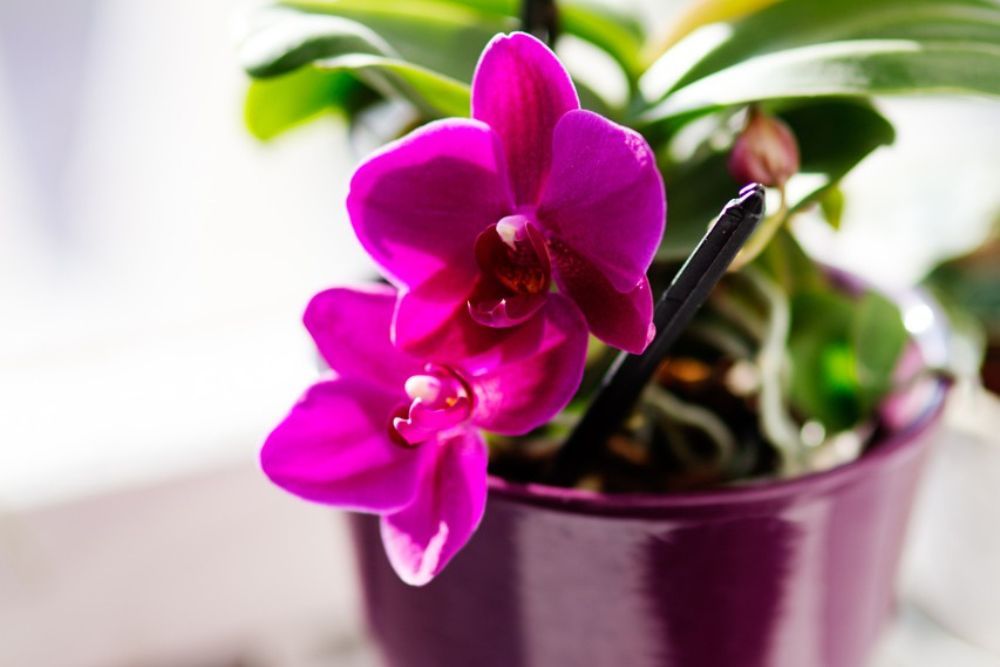Houseplants are always a good choice for home décor, providing great mental and physical health benefits while adding charm to the space. Moreover, many serve as air purifiers. Don't worry about space -- there's a plant for every spot and every enthusiast.
It doesn't matter if you're a novice gardener or an expert; there's plenty of variety of plants you can find. From flowering to non-flowering, you can turn your home into a lush and vibrant garden with a little effort and planning. Here are seven common houseplants to add to your collection!
Before You Choose
Image credits: Pixel-Shot via Shutterstock
Before investing in an indoor, consider a few key citeria.
- Allergies: Allergies are a common issue. Select houseplants least likely to trigger your allergies, as they'll be long-term companions in your home.
- Lighting: Choose plants that can adjust to your house's lighting situation. There are sure to be bright spots and dark corners in your home; find a plant that can thrive in those specific conditions.
- Kids or Pets at Home: Remember that some plants can be toxic to your pets and children. Choose plants that are non-toxic and place them out of reach.
- Time: Depending on your availability, pick low-maintenance plants. Some varieties don't mind a little neglect.
- Expertise: Pick a plant suited to your skill level. If you're a novice, go for plants that are easy to grow and repot. If you're looking for a challenge, try something different.
- Temperature: Try to keep your home between 50 to 80 degrees Fahrenheit, as this temperature is ideal for most indoor plants.
1. Fiddle-Leaf Fig
Image credits: SURKED via Shutterstock
The fiddle-leaf fig is native to central and tropical western Africa. It is notable for its large and unique "fiddle" shaped dark glossy green leaves. As a houseplant, it can grow up to 10 feet in height and spread to a width of 5 feet. It does not bear fruit indoors.
The fiddle-leaf fig is a little finicky about light. Place it in a well-lit location but protected from the afternoon sun. It is easily grown in a pot with a well-draining, soil-based potting mix. Remember to use a big pot.
Don't over or underwater the plant; water it when the top 2 inches are dry (a moisture tester is also a good investment). And don't over-fertilize it; twice a year is good enough. Remember to regularly prune the plant. The fiddle-leaf fig needs above-average humidity, so periodically mist the leaves as they tend to brown if there's not enough humidity.
2. Spider Plant
Image credits: Lucian Alexe via Unsplash
The spider plant is a universal favorite found in many houses and lists. This slinky plant cascades out of its pot and into hearts in a flourish of cream and green.
Another reason the spider plant is so beloved is: It's incredibly low-maintenance and tolerates considerable neglect. Pot it in general-purpose potting soil to see it thrive! Choose a spot with medium to bright indirect light and watch it bloom.
The soil should dry out between waterings, so a pot with good drainage is required. Spider plants do very well in hanging baskets, and the cascading effect of their leaves add to a room's elegance.
3. African Violet
Image credits: Kym Mackinnon via Unsplash
The African violet is a general term given to a species of flowering plants of the Gesneriaceae family. The species consists of vivid, short plants available in various colors.
These violets need indirect or filtered light, about 14 to 16 hours daily. The best blooms grow between 65 and 90 degrees Fahrenheit indoors. Use a soil mix of peat, perlite, and vermiculite, and make sure to plant it in a well-draining pot. Alternatively, you can purchase a soil mix specifically meant for these violets.
It's essential to find a balance for watering the plant. Subsequently, an investment in a moisture tester will ensure that the plant does not sit in water. Water uniformly twice weekly, from the bottom, by letting the pot sit in a tray of water or from the top, using a baster or syringe. The soil should be wet but not soggy, so check the soil's wetness before watering.
Fertilize every time you water it, diluting the fertilizer to half-strength or less. Repot your African violet once a year to provide new nutrients. Ensure room humidity is between 40 and 80 percent, and don't mist the flowers.
4. Bird Of Paradise
Image credits: Magda Ehlers via Pexels
The bird of paradise is native to South Africa and is also the official flower of the city of Los Angeles. There are different varieties of this plant that yield different colored flowers.
Grow the bird of paradise in a fertile and loamy soil mix. Use a large pot, as they can grow up to 4 feet tall. Place the houseplant in a bright and sunny spot with excellent ventilation. Make sure to keep it from direct sunlight.
Keep your bird of paradise drier in the winter, but remember that it loves water in spring and summer. Make sure to water it evenly and uniformly. The soil should be wet, not soggy. Fertilize it twice a month in the summer and only once monthly in the winter.
5. Monstera
Image credits: Brina Blum via Unsplash
The Monstera is native to Central America. It's a hardy, long-living plant that can be your companion for a long time if you take care of it well.
Plant it in a large pot in a rich, loamy, well-draining soil mix. The plant should be in a bright spot but with no direct sunlight. Being a tropical plant, it enjoys a high humidity level. But once planted, it can acclimate to most home temperatures.
Water enough to keep the soil moist but not soggy, allowing it to dry between waterings; check by inserting your finger into the soil or using a moisture tester. Overwatering may lead to root rot; the Monstera will indicate overwatering by "sweating" from its leaves.
The plant grows quickly and may require support to keep the stems from breaking. The plant tends to become root bound and may require frequent repotting,
6. Kalanchoe
Image credits: Willfried Wende via Pixabay
The kalanchoe comprises a variety of succulent houseplants grown mainly for their beautiful and vivid colored flowers. Some types of this succulent have uniquely shaped, flat, and large leaves, like pancakes stacked on each other. Some varieties of this succulent produce fragrant flowers, while others are not so fragrant.
This houseplant grows well in full sun and well-draining potting soil. Ensure the soil is dry between waterings, as overwatering can damage the plant. The plant can tolerate shade but might become a bit spindly; therefore, place it in the sunniest spot in your house.
Ideal temperatures for the plant are 45 to 75 degrees Fahrenheit. Fertilize about once a month using a well-balanced fertilizer mix in the spring when the plant is actively growing.
7. Orchids
Image credits: Karolina Grabowska via Pixabay
There are tens of thousands of known orchid species in the Orchidaceae family. They come in various colors, so you will always have abundant choices.
The ideal temperatures can range from 55 to 85 degrees Fahrenheit, depending on the type of orchid. Orchids need bright but indirect sunlight, so keep them out of the afternoon sun as they can get sunburned. In the absence of adequate light, orchids will fail to bloom.
The soil mix for orchids should be light, porous, and well-draining; don't use a standard potting soil mix. If you can, try to find an orchid-specific mix. Plant the orchids loosely so you can remove them from the pot without disturbing the roots. Use a pot with drainage holes; a terracotta pot provides even better drainage and extra airflow.
Water orchids once or twice a week, copiously when you do, and preferably from below. Don't let the soil become too saturated or too dry. Letting an orchid sit in water can cause root rot.
An excellent way to know if you're overwatering your orchids is to stick your finger into the soil and check. Fertilize weekly during the growing season and every two weeks during dormancy, using a fertilizer without urea. Prune most orchids when the flowers start to fall.
Watch Your Home Blossom!
All it takes is some patience and effort to watch these beautiful plants come to life. Their colorful and vibrant foliage will liven up your home with a brilliant display of color. Carefully choose where each of them lives to maximize their impact and bring out the best in your home decor.
Don't forget to share this post with your friends, family, and other plant lovers to indulge in fun gardening. Do you have any other recommendations? Please share them below!

